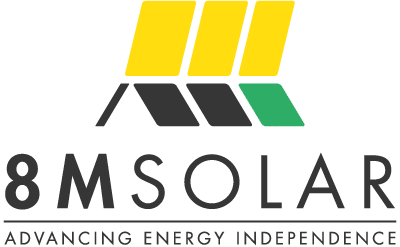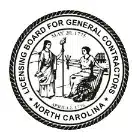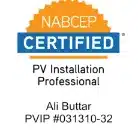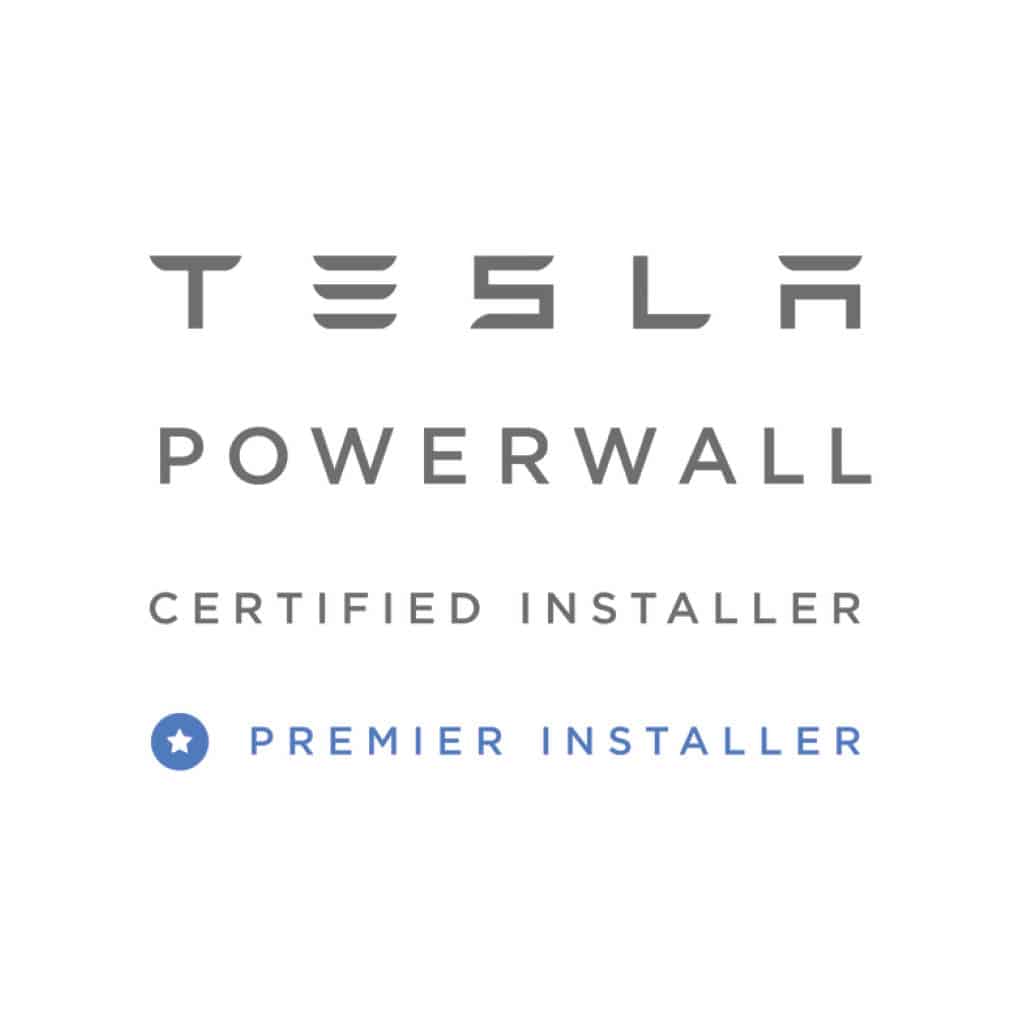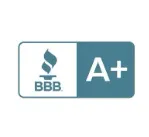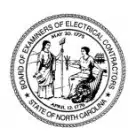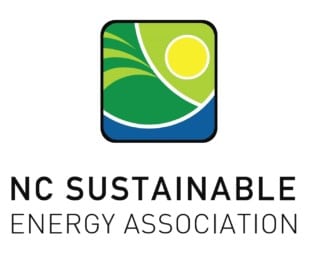Should You Replace Your Roof Before Solar Installation?
When contemplating the installation of solar panels, the condition of your roof is a significant consideration. A common question that arises is, “Should I replace my roof before installing solar panels?” Our recommendation is that if your roof has five or fewer years of life left, it’s better to go ahead and replace the roof prior to installing residential solar panels. This approach is based on the fact that installing solar panels on an old roof could lead to additional costs down the line, such as removing and reinstalling the panels when you need to replace your roof.
However, if your roof is new or has five to seven or more years of life remaining, it’s an excellent time to get solar (there’s no benefit to replacing the roof prior to installing panels).
What About Roof Leaks?
When it comes to roof leaks, you can rest assured with 8MSolar. Our installation teams are highly experienced, with most having installed hundreds of systems and thousands of panels. Despite the necessary roof penetrations, we minimize them by using top-tier flashing and roof mounting systems, like the Pegasus Mounting System or the IronRidge FlashFoot2. These systems have proven longevity and are adept at preventing leaks for the life of the system. Each comes with a 25-year warranty. Understanding the characteristics of solar-related leaks versus general roofing leaks can help you identify the source of the problem. Here are some factors to consider:
Location: One of the easiest ways to determine if a leak is related to the solar installation is by its location. Solar-related leaks usually occur directly below the solar array, where the panels are mounted to the roof. If the leak appears only in this specific area, it’s likely linked to the installation of the solar panels. General roof leaks can happen anywhere on the roof, not necessarily under the solar array, and may be more spread out across the surface.
Appearance: The appearance of the leak can also give you important clues. Solar-related leaks often show signs of water trails originating from the area where the solar panel mounts penetrate the roof. This trail is typically visible along the path where the mounting hardware is installed. These leaks may occur if the seals around the penetrations are compromised, such as due to improper sealing during installation. Leaks caused by general roofing issues may not have a clear water trail. These leaks can occur because of damaged shingles, worn-out flashing, or other roofing defects, and the water may spread across a larger area, making it harder to pinpoint the exact source.
Frequency: Another important characteristic is the frequency of the leak. A solar-related leak is often consistent, with water entering the same area whenever it rains or during periods of heavy moisture. If you notice that the leak occurs regularly in the same spot under the solar array, it’s likely due to an issue with the solar installation, such as a penetration point or seal failure. On the other hand, general roof leaks are more likely to be sporadic. These leaks may worsen during heavy rainfall or snowmelt, but they may disappear or diminish during dry periods. This variability can make it harder to detect a roof leak that is unrelated to the solar panels.
Installation Quality and Warranty: It’s important to note that roof leaks caused by improperly installed solar panels are rare when the system is installed by experienced professionals using top-quality mounting hardware. Most solar panel installers follow rigorous industry standards, and high-quality, weather-resistant mounts are used to prevent water infiltration. Reputable installers offer warranties that cover potential issues like leaks. When solar panels are installed properly, the likelihood of water damage due to installation is extremely low. If you’re experiencing leaks under your solar array, it’s always best to consult the installer to check the integrity of the mounts and seals.
Roof Condition: Another factor to consider is the overall condition of your roof. A roof with pre-existing damage or significant wear and tear may be more prone to leaks, regardless of whether it has solar panels installed. In these cases, the roofing issue may be the primary cause of the leak, and the solar panels are just incidental. Regular roof maintenance and inspections can help prevent such issues from becoming exacerbated once solar panels are installed.
By carefully assessing the location, appearance, frequency, and other contributing factors, you can determine whether a roof leak is related to the solar installation or a broader roofing issue. If you’re unsure, it’s always best to consult with both a roofer and your solar installer to identify the source of the leak and address it promptly.
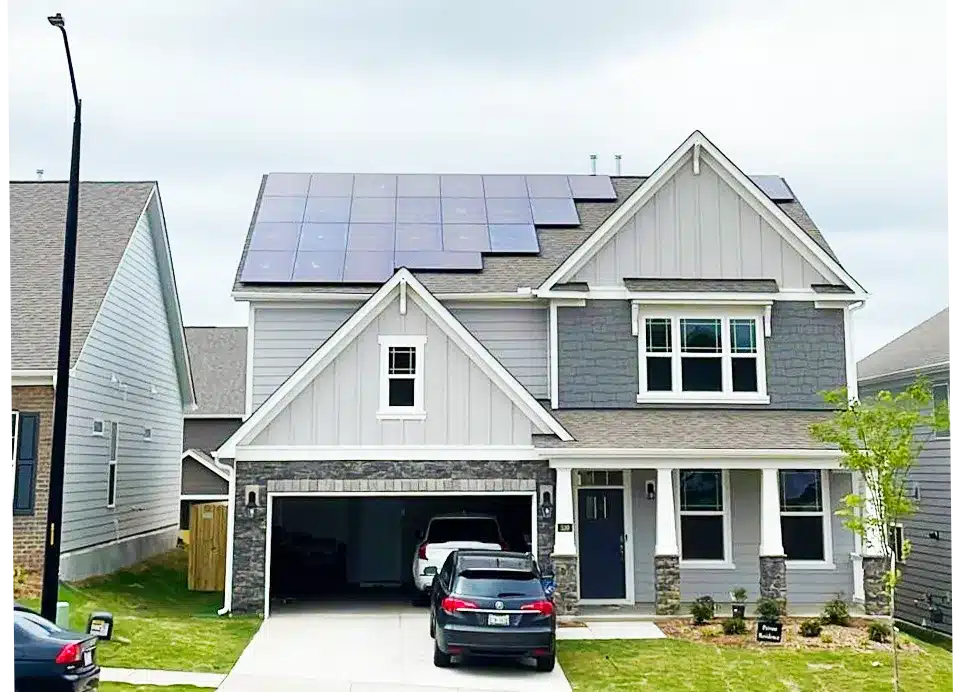
The ‘De and Re-Installation’ Process
De and re-installation refers to the process of safely removing your solar panels and related components to allow for re-roofing, then reinstalling the entire system once the new roof is in place. This process is essential when your roof needs repairs, replacement, or an upgrade but you want to keep your existing solar setup. 8MSolar offers expert de and re-installation services, handling every step of the removal and reinstallation phases with great care. Our team works closely with roofing contractors to make the transition as smooth as possible, helping your solar system continue to perform at its best without any disruptions. Whether you’re replacing damaged shingles or upgrading your roof, we make sure your solar investment is well-protected and reinstalled to the highest standards.
Choosing the Right Mounting System
At 8MSolar, we prioritize using only the highest-quality solar panel mounting systems to provide reliable and long-lasting performance for your solar energy system. When selecting a mounting system for your project, it’s important to understand the factors that influence this decision. Here’s what to consider when an installer is choosing a mounting system for your project:
Quality: The quality of the mounting system plays a role in the durability of your solar setup. Does the installer use top-tier equipment, or are they opting for lower-cost, less reliable options? High-quality mounting systems are built to withstand extreme weather conditions like heavy winds and snow, and provide a solid foundation for your solar panels, creating longevity for the entire system.
Brand Reputation: It’s important to choose a mounting system from a reputable brand known for producing durable, long-lasting products. Brands like IronRidge and Pegasus have established strong reputations in the industry, offering systems with proven performance over time. Researching the brand’s track record for quality and longevity is a key step in making an informed decision.
Warranty: A strong warranty is a sign that the mounting system is built to last. Mounting systems with warranties of 25 years or more offer peace of mind, as they are designed to withstand the test of time. A long warranty also reflects the manufacturer’s confidence in their product and their commitment to supporting you should any issues arise.
Detailed Proposal: It’s important to receive a clear, detailed proposal from your installer. If the installer is vague about the specifics of the mounting system, or doesn’t mention it at all, it could indicate a lack of transparency. Make sure the proposal includes clear information about the brand, materials, and warranty of the mounting system to avoid any surprises down the line.
When selecting an installer, always request the specifics of the mounting system they plan to use. If the installer is unclear or hesitant about providing this information, it could be a cause for concern. Choosing the right mounting system is vital for the stability and performance of your solar panels, so it’s important to work with an installer who uses only the best equipment available.
Our Lifetime 8MSolar Workmanship Warranty
In addition to offering high-quality materials and services, we provide a Lifetime 8MSolar Workmanship Warranty that covers roof penetrations. This solar warranty reflects our confidence in our teams’ work and our commitment to ensuring our clients’ satisfaction.
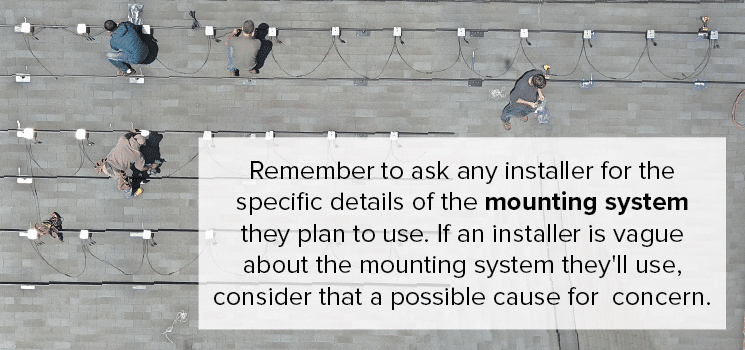
Deciding What’s Best for Your Roof
Deciding when to install solar panels and whether to replace your roof first can seem challenging. However, armed with the right information, you can make informed decisions that lead to years of sustainable, cost-effective energy. Remember, if you have any doubts or questions about replacing your roof before solar installation or about potential roof leaks, our team at 8MSolar is always ready to assist, contact us today.
